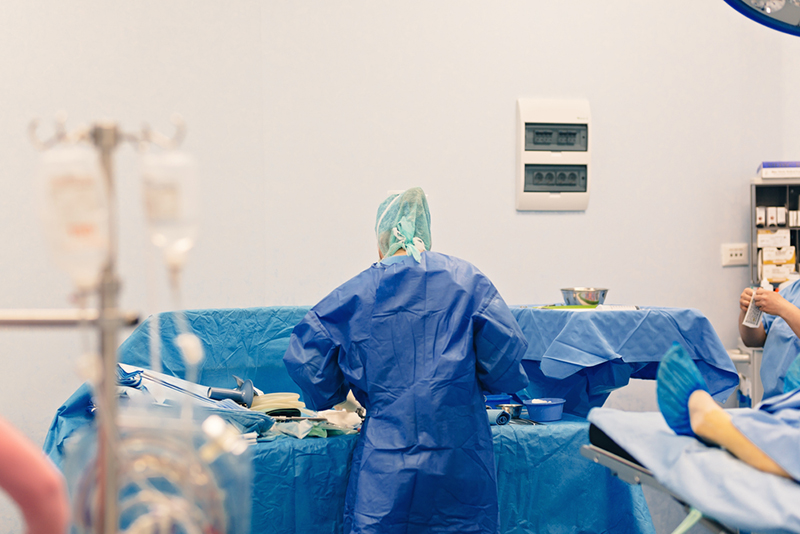Volume 111, Nº 4, October 2018
DOI: http://www.dx.doi.org/10.5935/abc.20180184
ORIGINAL ARTICLE
Up to 15-Year Survival of Men and Women after Percutaneous Coronary Intervention Paid by the Brazilian Public Healthcare System in the State of Rio de Janeiro, 1999-2010
Christina Grüne de Souza e Silva
Carlos Henrique Klein
Paulo Henrique Godoy
Lucia Helena Alvares Salis
Nelson Albuquerque de Souza e Silva
Dr. Christina Grüne de Souza e Silva

Abstract
Background: Percutaneous coronary intervention (PCI) is the most frequently used invasive therapy for ischemic heart disease (IHD). Studies able to provide information about PCI’s effectiveness should be conducted in a population of real world patients.
Objectives: To assess the survival rate of IHD patients treated with PCI in the state of Rio de Janeiro (RJ).
Methods: Administrative (1999-2010) and death (1999-2014) databases of dwellers aged ≥ 20 years old in the state of RJ submitted to one single PCI paid by the Brazilian public healthcare system (SUS) between 1999 and 2010 were linked. Patients were grouped as follows: 20-49 years old, 50-69 years old and ≥ 70 years old, and PCI in primary PCI, with stent and without stent placement (bare metal stent). Survival probabilities in 30 days, one year and 15 years were estimated by using the Kaplan-Meier method. Cox hazards regression models were used to compare risks among sex, age groups and types of PCI. Test results with a p-value < 0.05 were deemed statistically significant.
Results: Data of 19,263 patients (61 ± 11 years old, 63.6% men) were analyzed. Survival rates of men vs. women in 30 days, one year and 15 years were: 97.3% (97.0-97.6%) vs. 97.1% (96.6-97.4%), 93.6% (93.2-94.1%) vs. 93.4% (92.8 94.0%), and 55.7% (54.0-57.4%) vs. 58.1% (55.8 60.3%), respectively. The oldest age group was associated with lower survival rates in all periods. PCI with stent placement had higher survival rates than those without stent placement during a two-year follow-up. After that, both procedures had similar survival rates (HR 0.91, 95% CI 0.82-1.00).
Conclusions: In a population of real-world patients, women had a higher survival rate than men within 15 years after PCI. Moreover, using a bare-metal stent failed to improve survival rates after a two-year follow-up compared to simple balloon angioplasty. (Arq Bras Cardiol. 2018; 111(4):553-561)
Keywords: Myocardial Revascularization; Coronary Artery Disease; Percutaneous Coronary Intervention; Mortality.















